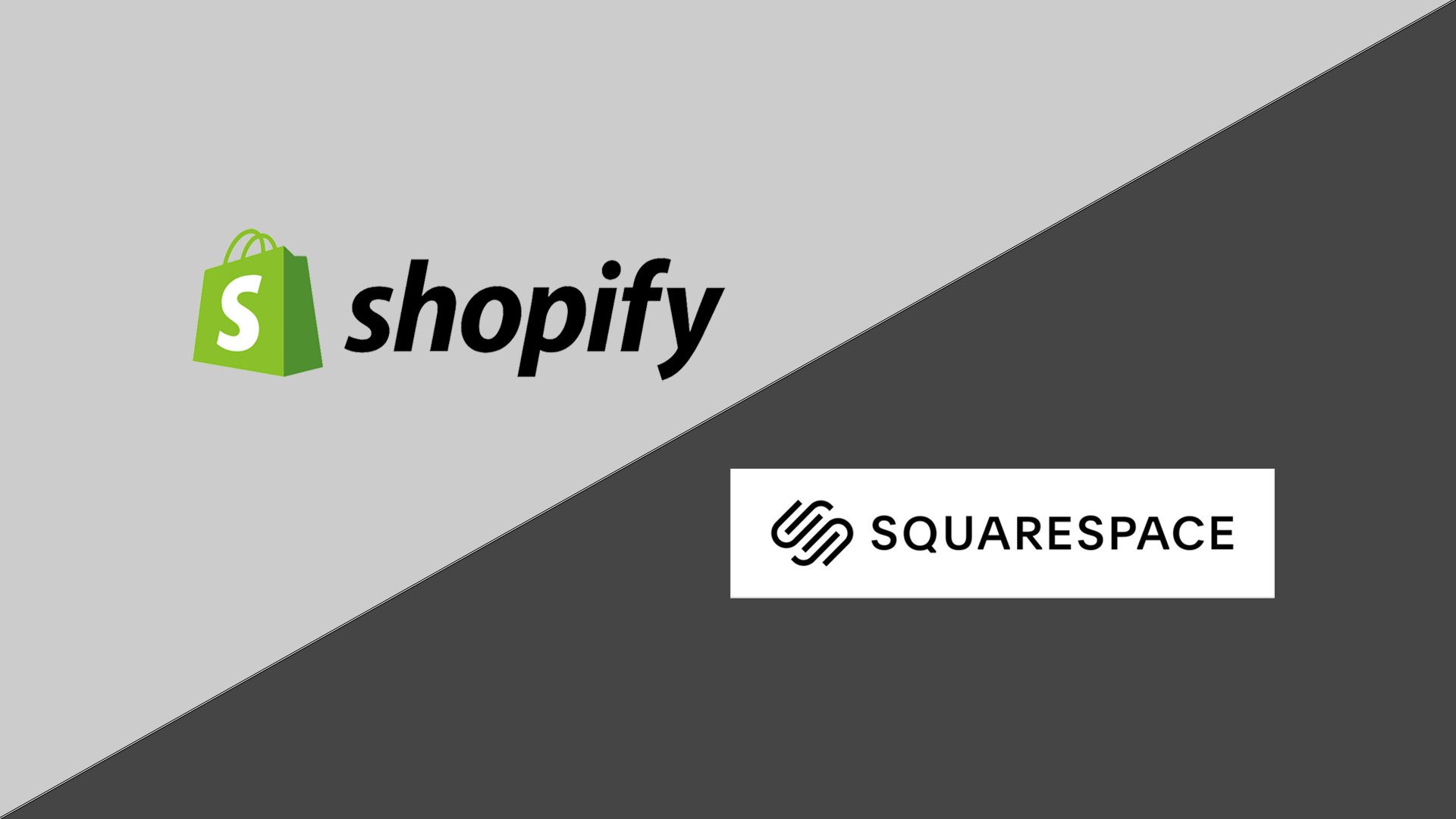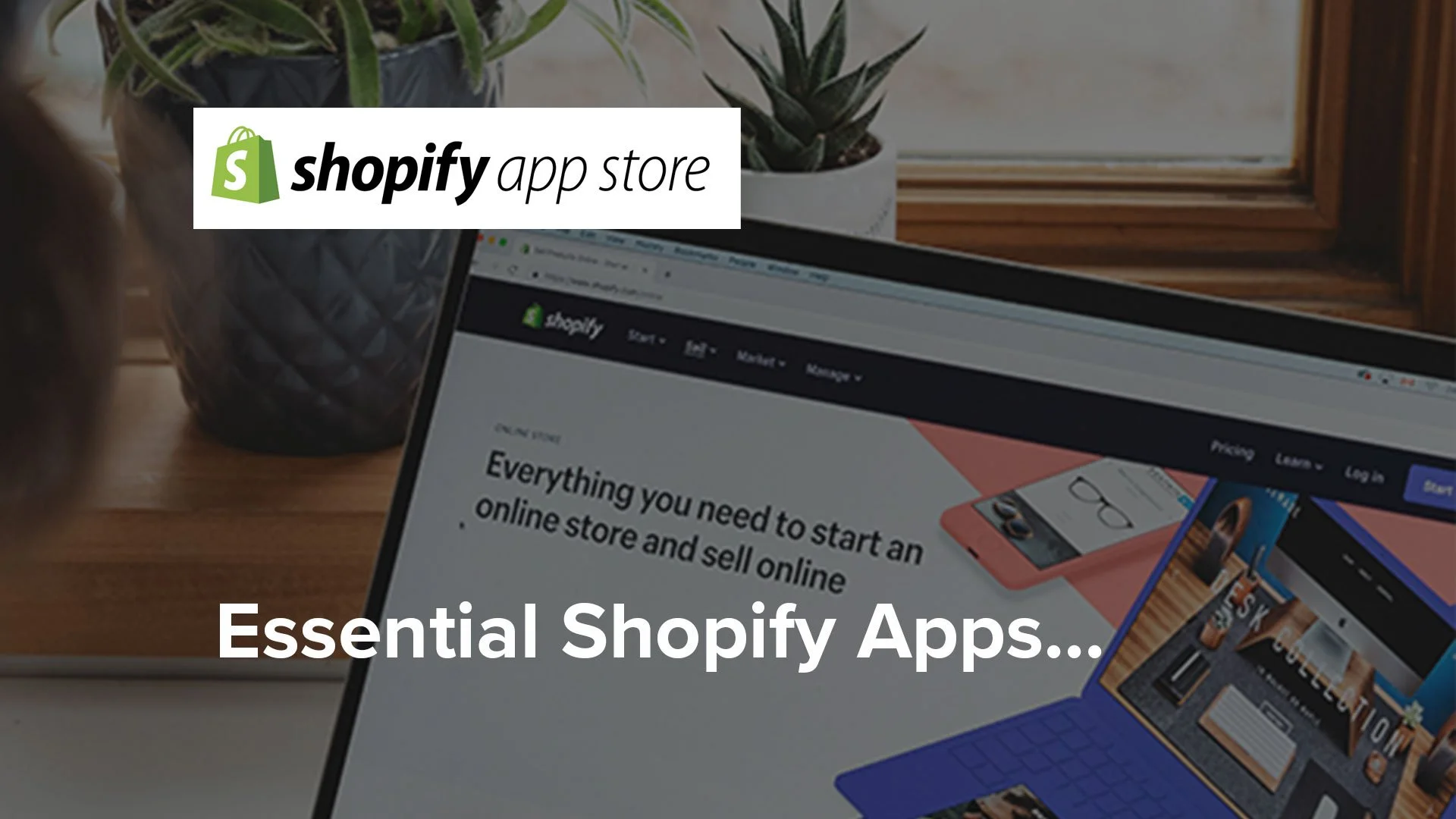Squarespace vs. Shopify – A Guide to Choosing the Right Platform
At X&O Digital, we don't believe in a "one-size-fits-all" website builder. We build extensively on both Squarespace and Shopify, and the truth is, they are both incredible platforms—but they are built for very different purposes.
Choosing the wrong one can be an expensive mistake. You don't want to be stuck with a beautiful site that can't handle your inventory, nor do you want an expensive e-commerce engine when you primarily sell services.
This guide cuts through the marketing noise to help you decide which platform suits your business model.
Squarespace: The King of Visuals & Services
Squarespace used to be just for portfolios, but it has evolved into a powerful all-in-one business platform. With the introduction of Fluid Engine, their drag-and-drop technology is now unmatched in the industry.
Best For: Service-based businesses, restaurants, creatives, and hybrid stores (selling services + some products).
The Pros:
Fluid Engine Design: Squarespace allows us to create highly custom, magazine-quality layouts without needing heavy custom coding. The visual freedom is superior to Shopify’s standard theme editor.
Service Integration: If you need booking systems (Acuity Scheduling), member areas, or email marketing, Squarespace has these built-in natively. You don't need to patch together five different apps to make it work.
Content Management: The blogging and on-page SEO tools are intuitive and visual. It is far easier to manage content-heavy sites here than on Shopify.
Simple E-commerce: For businesses with smaller catalogs (under 100 SKUs) or digital products, Squarespace’s e-commerce engine is sleek and capable.
The Cons:
Complex Retail Limits: It struggles with complex multi-currency international shipping or high-volume inventory management compared to Shopify.
Payment Gateways: You are generally locked into Stripe and PayPal, whereas Shopify supports hundreds of gateways.
Shopify: The E-commerce Powerhouse
Shopify is not just a website builder; it is a dedicated retail operating system. If your primary goal is moving high volumes of physical stock, Shopify is the industry standard.
Best For: Pure e-commerce brands, retailers with large inventories, and businesses planning rapid scaling.
The Pros:
Unmatched E-commerce Logic: Inventory management, multi-location stock, global tax settings, and shipping rules are incredibly robust right out of the box.
The App Ecosystem: If you can dream it, there is a Shopify App for it. From advanced product filters (like we used for Clever Built Cabins) to complex loyalty programs, the extensibility is endless.
Scalability: Shopify can grow from a startup to a global enterprise without needing to migrate platforms.
POS Integration: If you have a physical shop, Shopify’s Point of Sale (POS) system integrates your online and offline stock perfectly.
The Cons:
The Cost of Apps: While the base monthly fee is reasonable, functionality often relies on 3rd party apps. These monthly subscriptions can stack up quickly.
Rigid Blogging: Shopify’s blogging platform is very basic. It is harder to create rich, visual content pages without custom coding.
Transaction Fees: Unless you use Shopify Payments, you will be charged an additional transaction fee on sales.
The Verdict: Which Business Are You?
Instead of looking at features, look at your business model.
Choose Squarespace if:
You are a Service Provider (Consultant, PT, Salon, Agency).
You are a Restaurant or Venue (like Coia’s Café).
You sell Digital Products or Courses.
You sell physical products, but aesthetics and brand story are more important than complex shipping rules (like Second Nature Online).
Choose Shopify if:
You are a Pure Retailer (selling 100% physical goods).
You have a Complex Inventory (hundreds of SKUs, variants, or bundled products).
You need Advanced Filtration (like Clever Built Cabins).
You plan to sell in Multiple Currencies and markets aggressively.
Pricing Overview
Squarespace: Generally more affordable as an "all-in-one" package. Plans typically range from £12–£35 per month. Most features (like scheduling) are add-ons but stay within the Squarespace ecosystem.
Shopify: Pricing structures have recently changed. Basic plans start higher than Squarespace (approx £25+ per month), but the real cost comes from App subscriptions, which can add an extra £50-£200/month depending on complexity.
Still Unsure?
We have built high-performance sites on both platforms. We don't guess; we look at your data and your goals to select the engine that will drive your growth.










